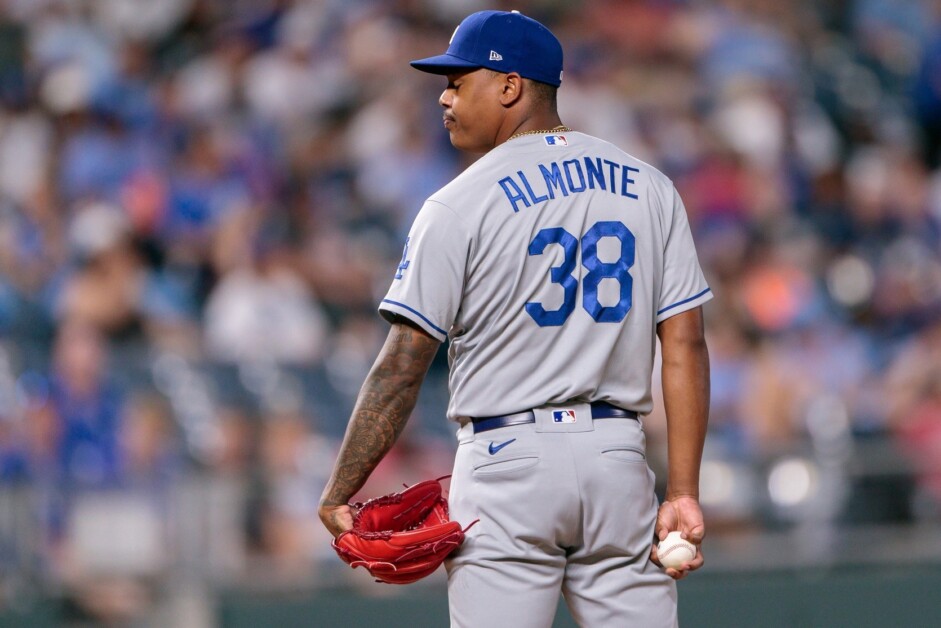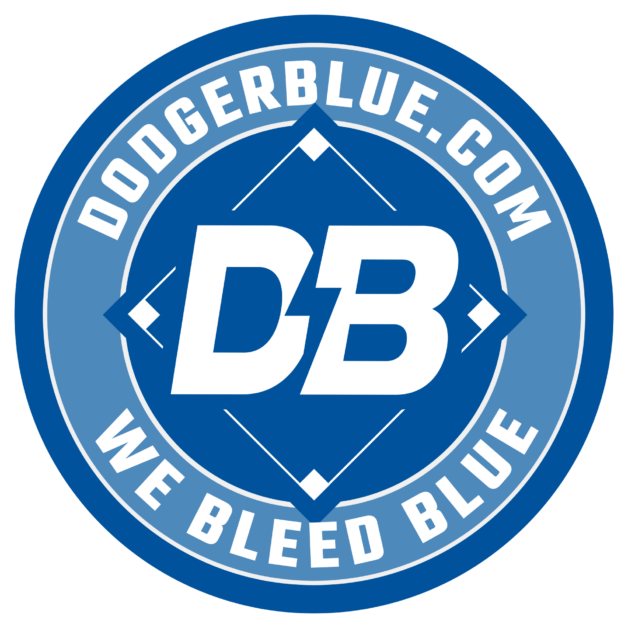With pace of play and defensive alignment among various rule changes that Major League Baseball implemented for the 2023 season, there also continues to be steps in the Minor Leagues geared towards increasing the accuracy of balls and strikes.
League officials and MLB have been advocating and testing the use of proverbial robot umpires since 2019 and prior to last season, gathering data from independent baseball leagues, and most recently, equipping numerous ballparks at Spring Training sites, Low-A and 13 Triple-A clubs with the technology.
The Los Angeles Dodgers’ affiliate in Oklahoma City was among those.
MLB and the Major League Baseball Players Association didn’t agree on its use at the big league level, which is why it wasn’t included in their new collective bargaining agreement which ended the MLB lockout.
Although commissioner Rob Manfred said the tech won’t be part of MLB games this year season, the league has put it to use throughout the highest level of Minor League Baseball, via Buster Onley of ESPN:
The electronic strike zone will be used in all 30 Class AAA parks in 2023, sources told ESPN, seemingly another significant step toward the implementation of the technology at the big league level in the near future.
The Automatic Balls and Strikes system, commonly referred to as ABS, will be deployed in two different ways. Half of the Class AAA games will be played with all of the calls determined by an electronic strike zone, and the other half will be played with an ABS challenge system similar to that used in professional tennis.
The data gathered from these games and the accuracy of the calls are important factors, but the reaction and pace of play might be analyzed the most. Umpire variability is a piece to baseball and the third element and subtle strike zone differences have and were always expected, which is why this change remains controversial.
MLB rule changes for 2023
Among MLB rule changes introduced this year are a pitch timer, which states a pitcher must begin his throwing motion prior to the expiration of a 15-second timer, or 20 seconds when there’s at least one runner on base.
A limit on defensive shifts for infielders restricts where defenders can line up before a pitch is thrown, mainly keeping two infielders on each side of second base when a pitch is released.
MLB has said the main goal of the change is to encourage more action on the field, and as a result, there will be more hits in spots a fielder might have been perfectly positioned in years past.
Larger bases also are new for 2023, although the naked eye might not notice, an increase from 15″ to 18″ is to improve upon player safety and an additional bonus should be an uptick in stolen base attempts.
Are you following Dodger Blue on Instagram? It’s the best way to see exclusive coverage from games and events, get your questions answered, and more!










